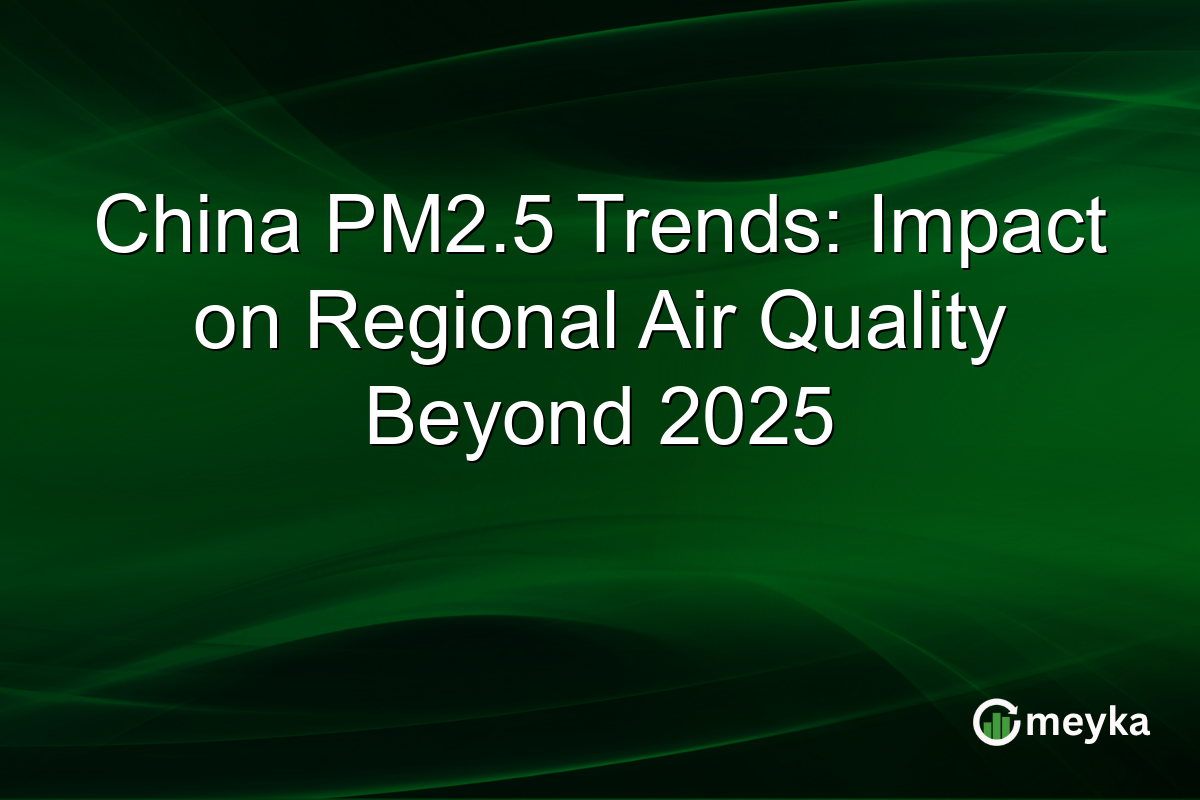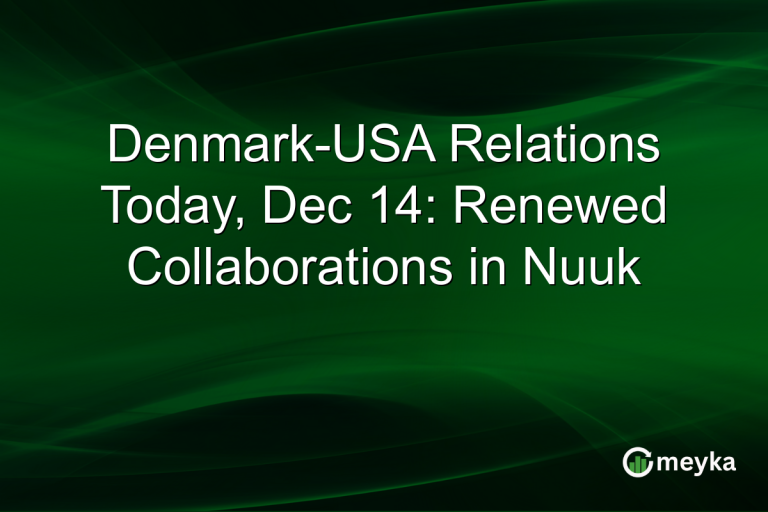China PM2.5 Trends: Impact on Regional Air Quality Beyond 2025
In recent years, PM2.5 levels have gained attention due to their critical impact on air quality and public health. Particularly in China’s Pearl River Delta, a prime hub of industrial activity, these fine particulate matters have shown notable trends. By examining the PM2.5 chemical composition, we can identify the key secondary species responsible for these changes and their implications on regional air quality regulations post-2025.
Evolving PM2.5 Chemical Composition
The PM2.5 chemical composition in the Pearl River Delta has undergone significant shifts over the last decade. Various components, including nitrates, sulfates, and organic carbon, have decreased due to enhanced emission control measures. This evolution in composition has altered the aerosol properties in South China, leading to improved air quality. These changes are essential for developing effective environmental policies and health standards. The decrease in secondary pollutants highlights successful interventions yet emphasizes the need for ongoing monitoring.
For an in-depth discussion, you can see current analyses here.
Impact on Pearl River Delta Air Quality
The air quality in the Pearl River Delta has seen substantial improvement due to the decline in PM2.5 concentrations. From 2015 to 2025, there has been a marked reduction in pollution events, thanks to stringent regulations targeting industrial emissions and vehicular exhaust. These improvements not only enhance public health outcomes but also boost local economies by reducing healthcare costs. Moreover, they pave the way for sustainable urbanization strategies.
Experts predict continued enhancements in air quality as new technologies and policies are implemented.
Regulatory Implications and Future Outlook
The shifts in PM2.5 chemical composition have profound implications for policy-making. Regional governments are now better equipped to implement targeted policies that address specific pollutants. This focus on secondary species could lead to more nuanced and effective air quality management strategies. Beyond 2025, we may witness tighter regulations and innovative urban policies that enhance living conditions significantly. As more data becomes available, these adjustments will be crucial to sustain the positive trends seen so far.
Regional governments remain committed to enhancing air quality standards, aligning closely with international guidelines.
Final Thoughts
Understanding the PM2.5 chemical composition in the Pearl River Delta provides critical insights into regional air quality trends. The shift in aerosol properties suggests that secondary species play a pivotal role in driving environmental improvements. As we move towards 2025 and beyond, strategic policies focusing on these components can lead to substantial health and environmental benefits. For policymakers, continuous monitoring and adapting to these patterns is vital. These actions will not only improve public health but will also contribute to China’s broader sustainability goals.
FAQs
PM2.5 refers to fine particulate matter with a diameter of less than 2.5 micrometers. Its chemical composition includes nitrates, sulfates, organic carbon, and other pollutants. Understanding this composition is crucial for air quality management.
The Pearl River Delta’s air quality has improved due to reductions in PM2.5 levels. Effective emission controls on industries and vehicles have reduced pollution, leading to fewer health issues and economic benefits.
Secondary species like nitrates and sulfates significantly affect air quality. Controlling these pollutants has led to cleaner air in regions like the Pearl River Delta, demonstrating the importance of targeted environmental policies.
Disclaimer:
This is for information only, not financial advice. Always do your research.






